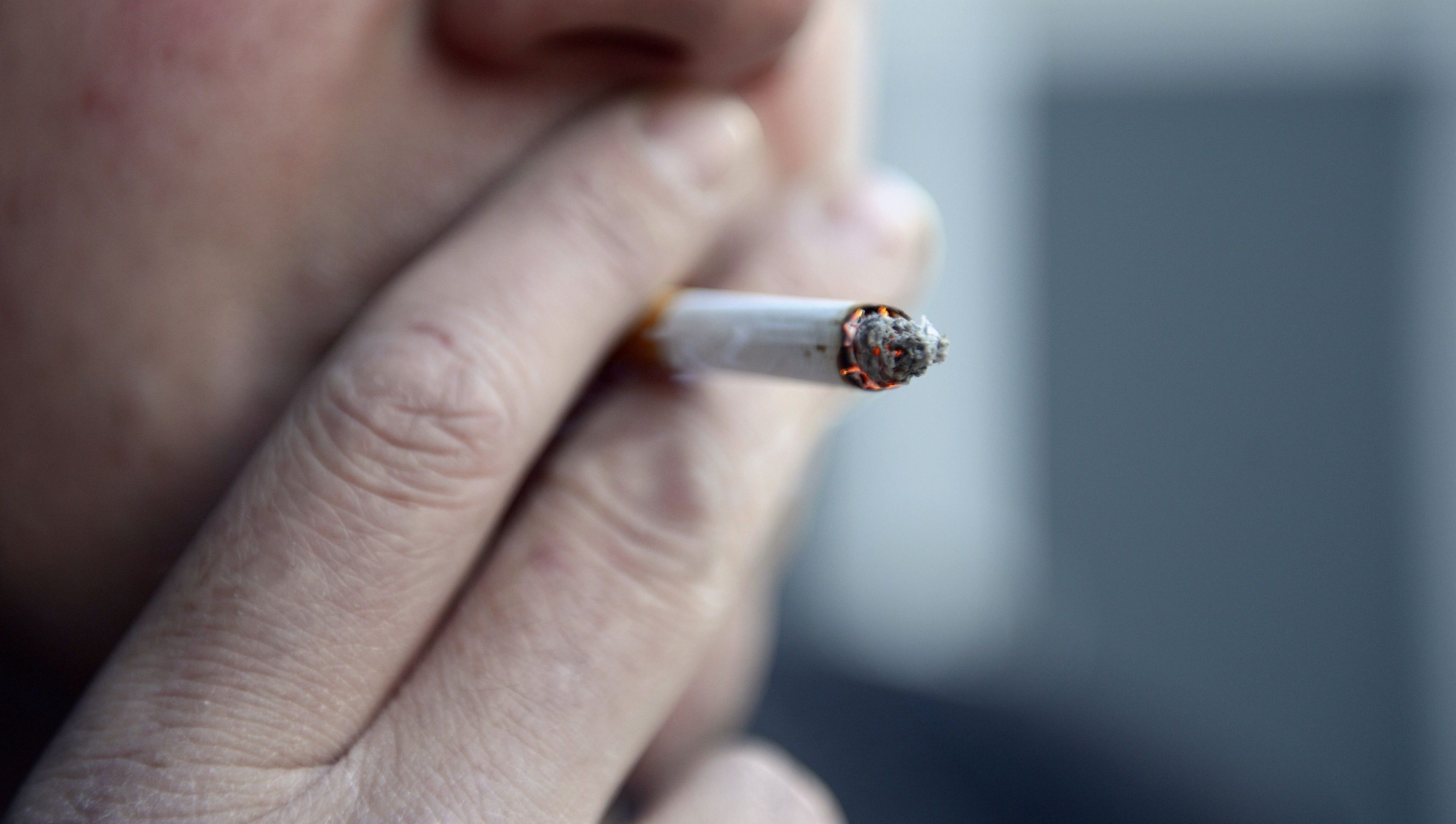Scientists at the University of St Andrews have developed a revolutionary “mobile health buddy” app to help people quit smoking.
Ten volunteers will be recruited in the coming weeks to trial the device, which aims to help people kick the habit their way.
Each volunteer will have the app downloaded on their phone which willthen act as a “behavioural logger” recording information about when the volunteer smokes or has the craving to smoke including the time, location, space, strength of craving and how much they enjoyed the smoke.
University project co-leader Dr Robert Schick said: “We are keen to discover what features in the environment trigger smoking events and relapse.
“We know from work with animals that environment plays an important role in behaviour.
“Someone can get over physiological cravings in about a week, but neurological pathways that can lead to someone starting to smoke again can be triggered long after that.”
Unlike other health apps, the project brings together statistical modelling, behavioural psychology, self-tracking, and computer science.
The St Andrews team is a collaboration of Dr Schick, from the University’s School of Mathematics and Statistics, Dr Tom Kelsey, from the School of Computer Science, and Professor Gerry Humphris, from the School of Medicine.
They will work in partnership with Pittenweem GP Dr John Marston.
Following the initial pilot study, around 100 volunteers will be recruited through NHS Fife for a trial to enable detailed statistical modelling on the links between the environment and smoking behaviour.
The intention is that when volunteers meet with their GP to discuss how to stop smoking, the GP will have a detailed profile of each individual’s smoking behaviour.
It should be possible to send out specific, timed text messages to individuals to help support their attempts to stop smoking.
Dr Schick said: “There are generic apps available, but this is targeted to the individual to take account of their specific behaviour patterns.”
Professor Humphris added: “We are hoping that individuals will value receiving up-to-the-minute advice with helping themselves to remain non-smokers.”
The project is funded by the Scottish Universities Life Sciences Alliance, NHS Fife research and development, and the University’s Impact Acceleration Account fund.





